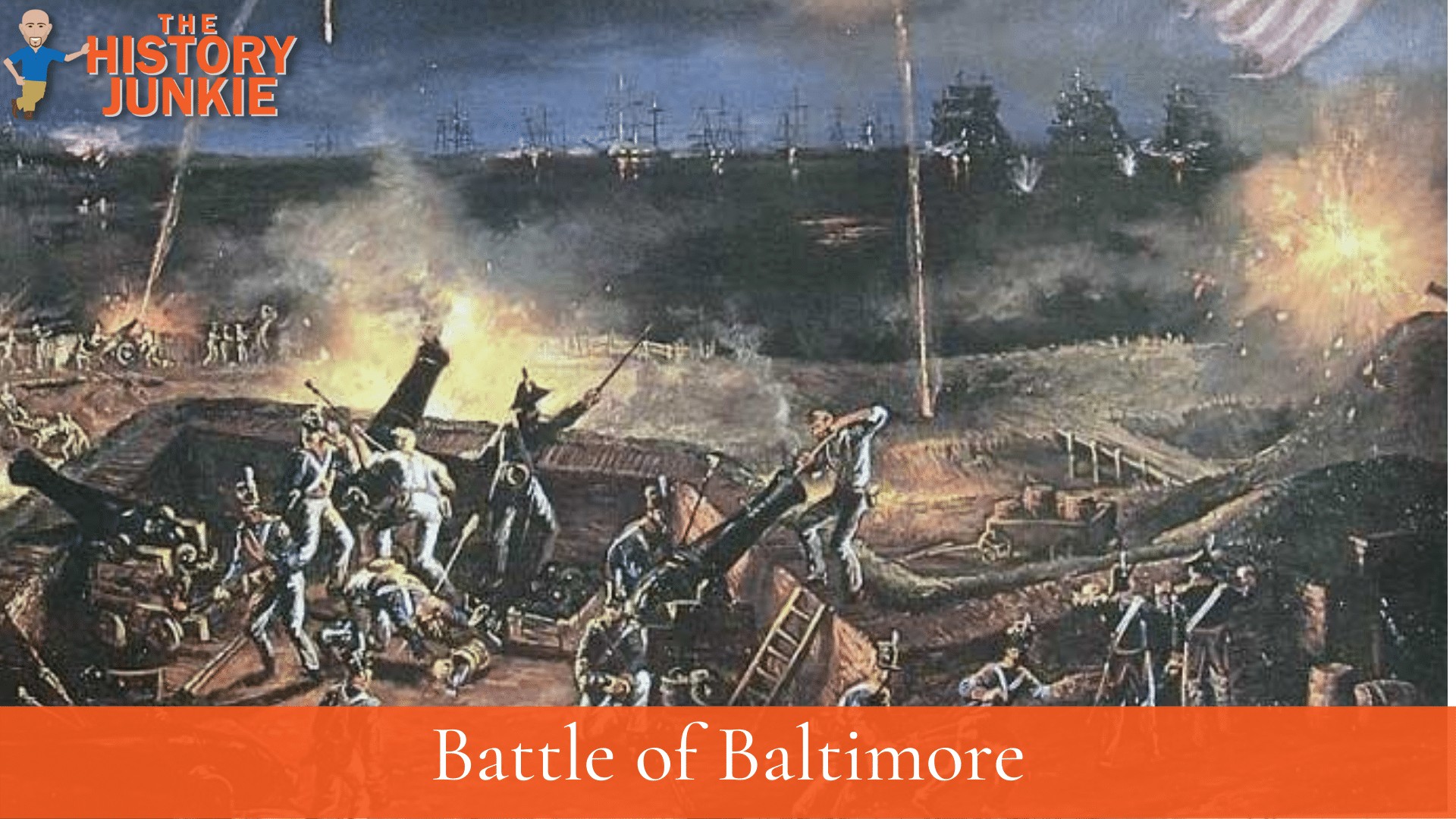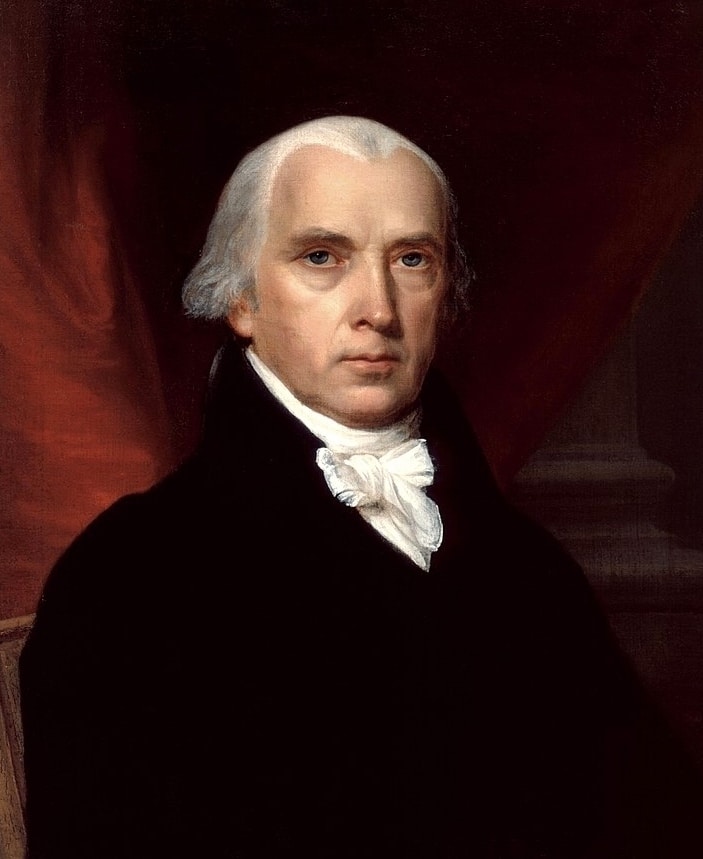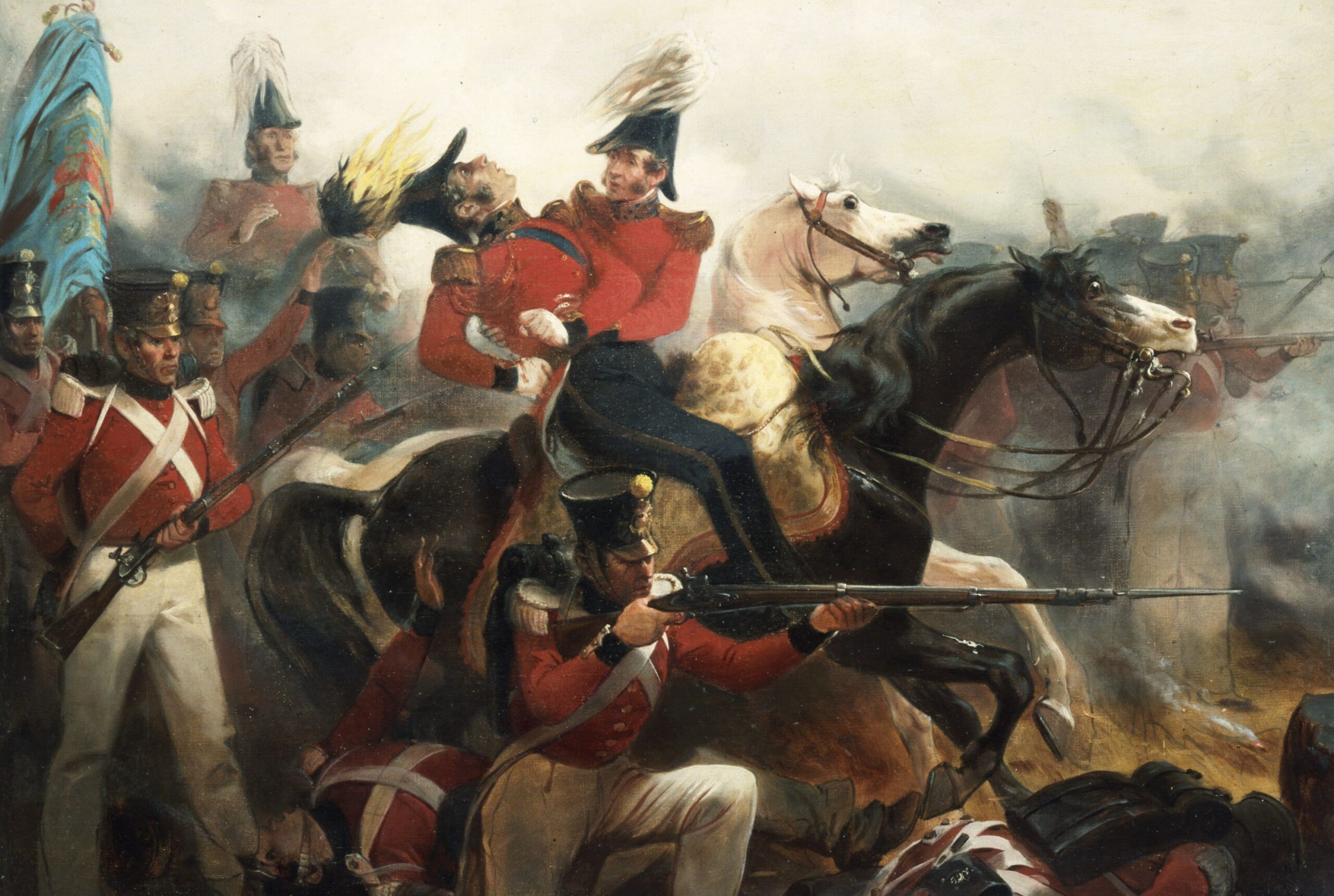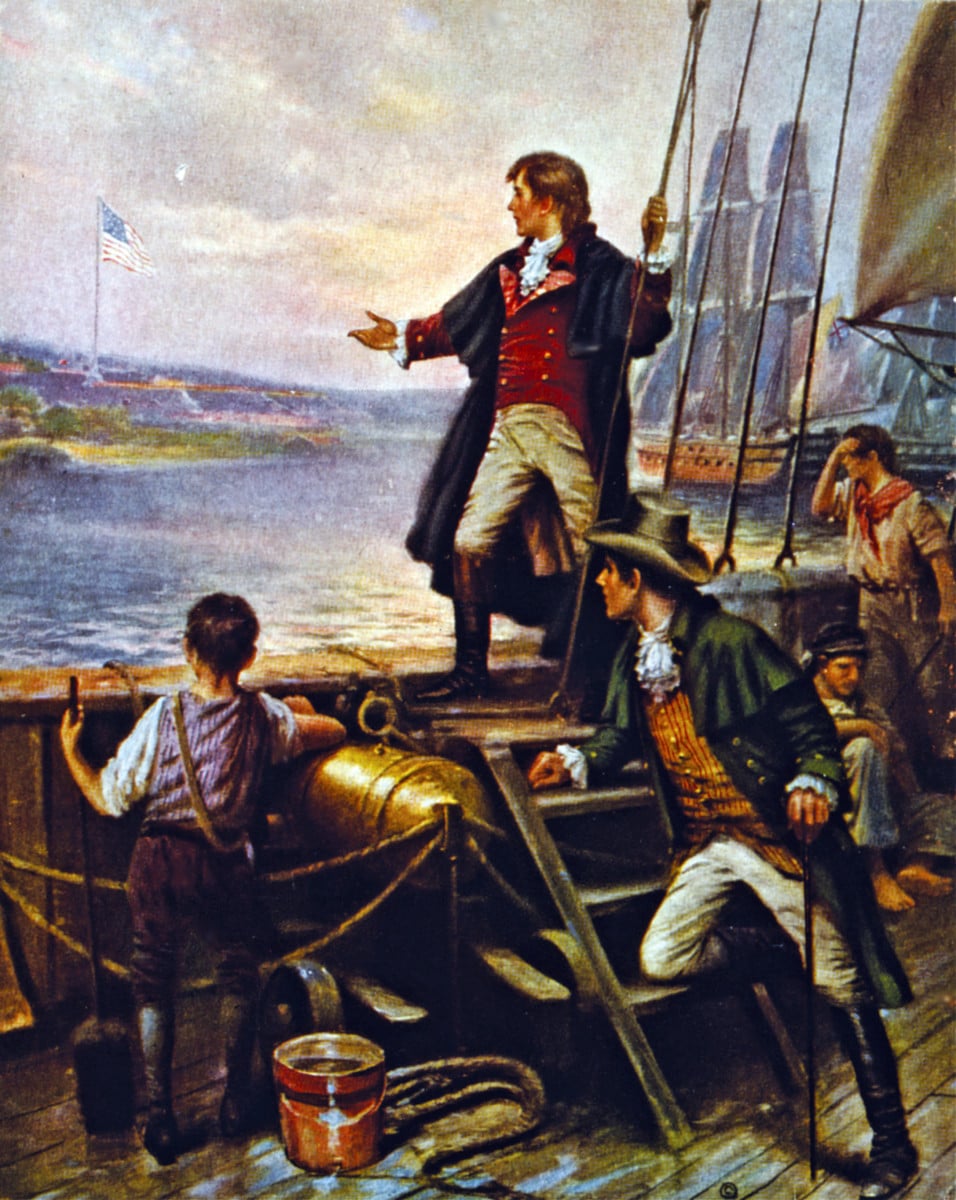The Battle of Baltimore could not have come at a better time for the Americans.

After being beaten and watching their capital burn to the ground, the morale was low for the Americans. Their young nation was teetering on the edge of destruction by a much more powerful foe.
The British launched a land and sea offensive in hopes of taking control of the strategic Baltimore. However, the Americans would survive the night, and a song would be written that would one day become our national anthem.
Prelude
On August 24, 1814, the British Army overrun confused American defenders at the Battle of Bladensburg and marched into the nation’s capital of Washington, D.C., which had been abandoned by the military.
After burning and looting the White House, Capitol, Treasury, War Department, and other public buildings and forcing the destruction of the Washington Navy Yard, the British carted public and private possessions back to their ships.

President James Madison and the entire government fled the city; Madison wandered around Virginia and Maryland for several days.
The British also sent a fleet up the Potomac to threaten the prosperous ports of Alexandria and Georgetown, which lie just west of Washington, and cut off Washington's water access.
The mere appearance of the fleet cowed American defenders into fleeing from Fort Warburton without firing a shot, and undefended Alexandria surrendered.
The British spent several days looting hundreds of tons of merchandise from city merchants, then turned their attention north to Baltimore, where they hoped to strike a knockout blow against the demoralized Americans.
Baltimore was a busy port and was thought by the British to harbor many of the privateers who were raiding British shipping.
The British planned a combined operation, with Major-General Robert Ross launching a land attack at North Point and Vice-Admiral Sir Alexander Cochrane laying siege to Fort McHenry, which was the point defensive installation in Baltimore Harbor.
The Fight
Baltimore

The British landed a force of 5,000 troops who marched toward Baltimore and first met heavy resistance at the Battle of North Point, which was fought about 5 miles from the city.
The city’s defense was under the overall command of Major General Samuel Smith, an officer of the Maryland Militia.
He dispatched a column under the command of General John Stricker, which killed the British General Robert Ross, who had ordered the burning of the White House and blunted the British attack.
As a result, the British army halted their advance and awaited the results of the sea campaign.
Fort McHenry
At Fort McHenry, some 1,000 soldiers under the command of Major George Armistead awaited the British naval bombardment.
Their defense was augmented by the sinking of a line of American merchant ships at the adjacent entrance to Baltimore Harbor in order to thwart the passage of British ships further.
The attack began on September 13, as the British fleet of some nineteen ships began pounding the fort with Congreve rockets (from rocket vessel HMS Erebus) and mortar shells (from bomb vessels HMS Terror, HMS Volcano, HMS Meteor, HMS Devastation, and HMS Aetna).
After an initial exchange of fire, the British fleet withdrew to just beyond the range of Fort McHenry’s cannons and continued to bombard the American redoubts for the next 25 hours.
Although 1,500 to 1,800 cannonballs were launched at the fort, the damage was light.
After nightfall, Cochrane ordered a landing to be made by small boats to the shore just west of the fort, away from the harbor opening on which the fort’s defense was concentrated.
He hoped that the landing party might slip past Fort McHenry and draw Smith’s army away from the main British land assault on the city’s eastern border.
Operating in darkness and in foul weather, Armistead's guns opened fire on the landing party, and the diversionary attack failed.
On the morning of September 14, the 30 ft × 42 ft oversized American flag, which had been made a few months before by local flagmaker Mary Pickersgill and her 13-year-old daughter, was raised over Fort McHenry (replacing the tattered storm flag that had flown during battle).
Brooke had been instructed not to attack the American positions around Baltimore unless he was certain they could be taken.
Seeing that Cochrane had failed to subdue the Fort, Brooke withdrew from his positions and returned to the fleet.
Aftermath

An American lawyer and amateur poet, Francis Scott Key, was on a mercy mission for the release of Dr. William Beanes, a prisoner of the British.
Key showed the British letters from wounded British officers praising the care they received from Dr. Beanes.
The British agreed to release Beanes, but Key and Beanes had to stay with the British until the attack on Baltimore was over. Key watched the proceedings from a truce ship in the Patapsco River.
On the morning of the 14th, Key saw the American flag waving above Fort McHenry. Inspired, he began jotting down verses on the back of a letter he was carrying. He composed the words to the tune of an old British drinking song, "Anacreontic Song."
When Key reached Baltimore, his poem was printed on pamphlets by the Baltimore Americans. His poem was originally called "Defense of Ft. McHenry."
The song eventually became known as "The Star-Spangled Banner." Congress made it the National Anthem in 1931. Although it had been sung during the World Series many years prior.
Colonel Brooke’s troops withdrew, and Admiral Cochrane’s fleet sailed off to regroup before his next assault on America at New Orléans, Louisiana.
Armistead was soon promoted to lieutenant colonel. Much weakened by the arduous preparations for the battle, he died at age 38, only three years after the battle.
